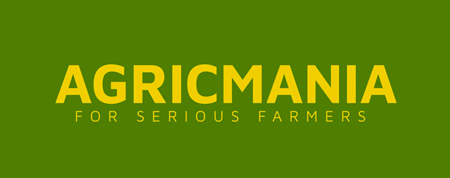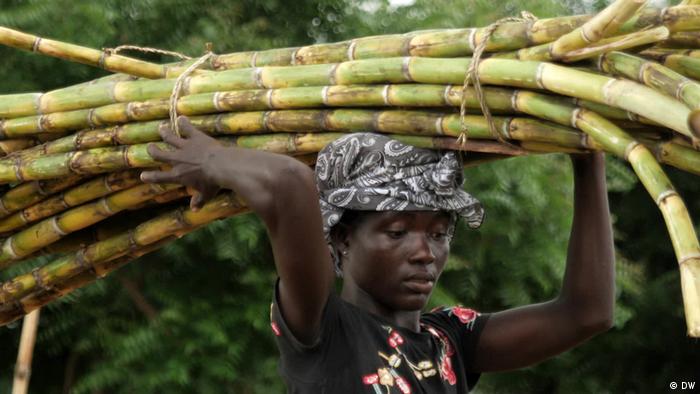By Almot Maqolo
HARARE – The majority of Zimbabweans reside in rural areas, and agriculture and other related agricultural economic activities are the country’s main source of income. About 40% of all exports and 60% of the raw materials used in industrial processing are provided by the agriculture sector. Nevertheless, although agriculture has the largest employment rate (60 to 70 percent), it only contributes 16 to 19 percent of the GDP annually, depending on rainfall patterns and other macroeconomic factors.
Previously known as the “food basket of Africa,” Zimbabwe is now a net importer of agricultural goods. Instability in the macroeconomy and erratic rainfall patterns have reduced agricultural production. As a result, it has worsened poverty, unemployment and access to food. The food processing industry, which is primarily dependent on agriculture for its raw materials, also saw a decline, which resulted in the loss of employment, money, and food supplies.
Some companies in the agriculture sector are now partnering with local farmers to see how best they can improve production in their line of business. This is in line with the government’s emphasis on production, production, and production. It is common knowledge that if the country fails to produce enough food, it risks losing much needed foreign currency to cover the deficit gaps. In order to further contribute to socio-economic transformation and to facilitate inclusion of more local farmers in the sugar value chain, Hippo Valley, together with Triangle Ltd., is actively assisting new farmers who have been allocated virgin land with clear water rights and in areas close to the mills with technical and commercial feasibility studies, mobilization of funding and where required, actual development of the land to sugarcane on a full cost-recovery basis.
A value chain is a group of organizations, processes, and connections involved in producing a final good (or service). It is founded on the idea that a product is rarely used in its unaltered state; instead, it undergoes transformation, is mixed with other products, is delivered, is packaged, and is promoted before it is used by its intended user. Zimbabwe’s low-altitude southeast, sometimes referred to as the Lowveld, is where sugarcane is produced under irrigation. Private farmers and big, privately-owned sugar farms in the Triangle, Hippo
Valley, Mkwasine, and Mwenezi regions produce the sugar.
Sugar is a crucial component of the beverage and confectionery industries, and by-products like bioethanol also go into the fuel industry. With just a very small portion being consumed through value- added products, sugar is primarily consumed directly. It is estimated that each person consumes 24.6 kilograms of sugar annually. Private farmers and big, privately-owned sugar estates in the Triangle, Hippo Valley, Mkwasine, and Mwenezi regions grow sugarcane. About 80% of Zimbabwe’s sugar output is produced on the two huge, privately owned estates, Triangle and Hippo Valley, which together cover 28,494 hectares under sugarcane cultivation.
Tongaat Hullet, a large South African agricultural and agro-processing firm with operations in
Mozambique and a 50.35 percent stake in Hippo Valley Estates, owns Triangle entirely.About 15,880 hectares are occupied by private growers and recently relocated farmers, who generate 20% of the sugarcane harvest. “Good progress has been made with respect to the development of the 1 168ha Pezulu Project, with one local bank having availed US$5,2m (about 50% of the total development cost) and other banks indicating a willingness to fund the balance,” the company said in a trading update for the first quarter ending 30 June 2022.
Zimbabwe has an installed capacity of 600,000 metric tons of sugar per year, but it previously produced 128,044 metric tons. Hippo Valley Estates held a monopoly on the production of sugarcane until the agrarian reform program, but now new small-scale farmers in Chiredzi are in charge of roughly 16 000 ha of the crop. To try and revive sugar production in Zimbabwe, an industry recovery program is in place. The industry is anticipated to return to its maximum annual production of 600,000 metric tonnes as a result of this process, which is likely to increase cane yields and re-establish private farmer cane fields. There are roughly 18000 workers in the sector.

A tribunal made up of three arbitrators was established in response to suggestions made by the Ministry of Industry and Commerce to resolve business matters pertaining to the sugar milling agreement for the milling season of 2022–2023. The arbitration is well along, and it is anticipated that it will be finished within the current milling season.
Private farmers continue to receive inputs and support from extension agents. The company is still carrying out numerous plans for sugarcane expansion that are both vertical and horizontal. "A partnership framework whereby Tongaat Hulett Zimbabwe is co-managing certain underperforming out-grower farms is progressing satisfactorily," the company said. "To date, 61 farmers have volunteered to partner with the company in the co-management arrangement. Under the co-management framework, some 593ha have been ploughed out and replanted to new roots."
The company's sugar production grew by 3% as a result of improved cane quality and favorable mill efficiencies. From December through the beginning of the crushing season in May 2022, the necessary off-crop maintenance work was successfully completed, setting up the mill for increased performance in the production year 2022–2023.



